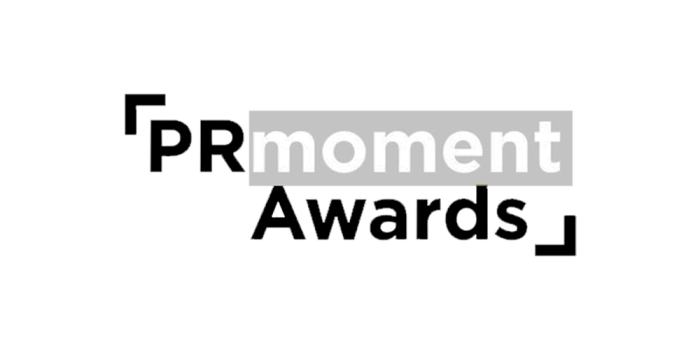
This week Instagram announced that the photo and video feed will be ordered algorithmically, rather than chronologically. Claiming that most of users miss on average 70 percent of their feeds, Instagram explained: “The order of photos and videos in your feed will be based on the likelihood you’ll be interested in the content, your relationship with the person posting and the timeliness of the post.”
Although expected, following suit of its parent company Facebook, it’s a brave move considering the #RIPTwitter backlash. Twitter now has an opt-out so users can still ensure the newest tweets appear at the top. Many Instagram users are already actively complaining about the change, with over 146,000 signed up to an online petition against it in just a few days.
What does the change mean for brands?
Brands have the opportunity to be more brave and bold in order to create engaging content. It won’t be enough just to have a huge fan base or to send numerous posts a day, the content will need to engage followers or it will simply be missed.
A great example is National Geographic, which once again came out on top in the 2015 Top 25 U.S. social brands list by Shareablee. Last year @NatGeo captured 94% of its total social engagement on Instagram, sharing stunning images posted from photographers across the world. The theme of their Instagram posts is visual storytelling – they make you want to read on and find out the story behind the image. Video posts are particularly engaging. The last video on their current feed is of a diver surrounded by mantra rays. It has over 1,500,000 views and 8,764 comments with an educational caption to explain the shot.
This may also be good news for smaller companies who are already producing great content as they’ll have a better opportunity to build a loyal following. Joe Wicks, aka @TheBodyCoach has an incredible success story from putting his business on Instagram. Around two years ago Joe was a personal trainer running a small boot camp in Richmond Park. Now he has over 900,000 Instagram followers, record-breaking book sales and over 50,000 clients on his training plan. By posting quick, fun and informative Instagram videos of how to make easy, healthy meals that people enjoy, he quickly built a large and loyal following.
And for consumers?
There’s so much content on Instagram now that it’s almost impossible to keep up with. The change will mean seeing photos and videos from friends and brands that you actually look forward to seeing and engaging with, rather than in my case, the many fitness and healthy living profiles that I pretend to like. No one wants to see exercise videos at 7am in the morning when rolling out of bed. If I want to see it, I’ll search for it in my follows. Instead I want to see my friends’ travel photos and randomness. It also means brands and media will have to work harder to produce more engaging content. I realised that I’ve recently grown bored of Instagram and rarely spend much time on it at all, so I did an experiment to see what the first six photos were in my feed (please don’t judge my follows):
Women’s Best – “Eat to beat cellulite” picture of berries.
River Island – “Get ready, jet set, GO!” picture of a model in a bikini.
Zara – “Earth hour. Change for climate” picture of leaves.
Elite London – “Friday Flowers” picture of flowers.
Kayla Itsines – “sore but worth it” picture of “sore but worth it”.
Contiki – “View on point in Ko Phi Phi. Tag someone who could do with some island vibes” beautiful picture of a sunset view. LIKE.
As I’m only interested in one of the six posts, it’s no wonder I quickly get bored and come off it. I then did a quick search of friends I follow and realised I missed a picture of a human pyramid, freshly-painted toenails wrapped in cling film (tactical – there is an explanation), and the fact that my cousin won a UEL Rugby cup this week.
But most importantly for the success of Instagram, it also means that I missed the sponsored ads. If I scroll down a little further in my feed I can see ads for new apps: “Lifesum” and “Double”. I’m embarrassed and appalled, but snapshot “Double” and send it to a mate. Instagram knows me too well.
It’s understandable that users are frustrated at being told what they want to see. However if anything it should make the content more engaging, and Instagram more fun to use for both brands and consumers.
Instagram has promised to listen to feedback so it will be interesting to watch as the change is rolled out over the next few months.
By Yasmine Triana






